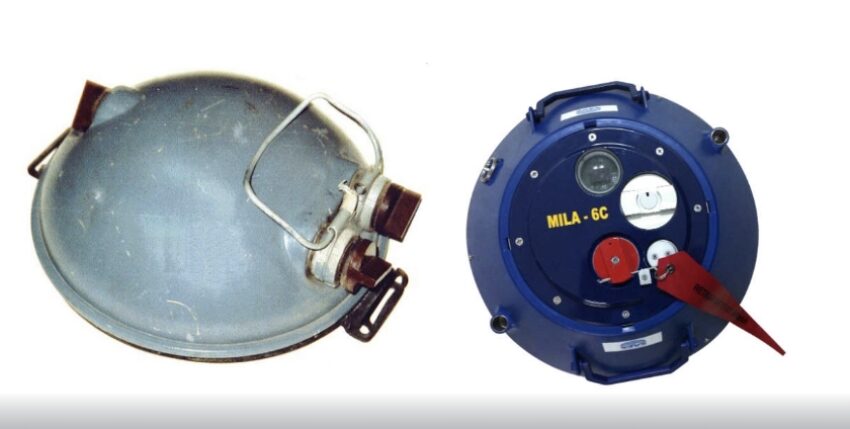Since the beginning of the year, there have been increasing reports of explosions on or in Russian ships in the Mediterranean, but also in the Baltic Sea. According to various sources, these incidents are mostly due to limpet mines, of which there were - and apparently still are - considerable stocks in Soviet times, particularly in countries of the Eastern Bloc. The only surprising thing is that these now appear to be used against the manufacturer. Everything is in the subjunctive, because precise information is understandably scarce. In most cases, the victims had previously stayed in Russian harbours. A prominent example is the "Ursa Major", which ran aground in December not far from Gibraltar after explosions in the engine room with what was probably a military cargo and attracted a great deal of interest. Reconnaissance and salvage attempts by "research vessels" of the Russian navy, such as the "Yantar", were also carried out immediately. Sticky mines are placed on the ship's hull using magnets, have a time fuse (up to several months) and are secured against mechanical removal. Even a small charge inserted at a weak point results in damage to the interior and massive water ingress. Small effort - big damage. Sticky mines are still in demand!










